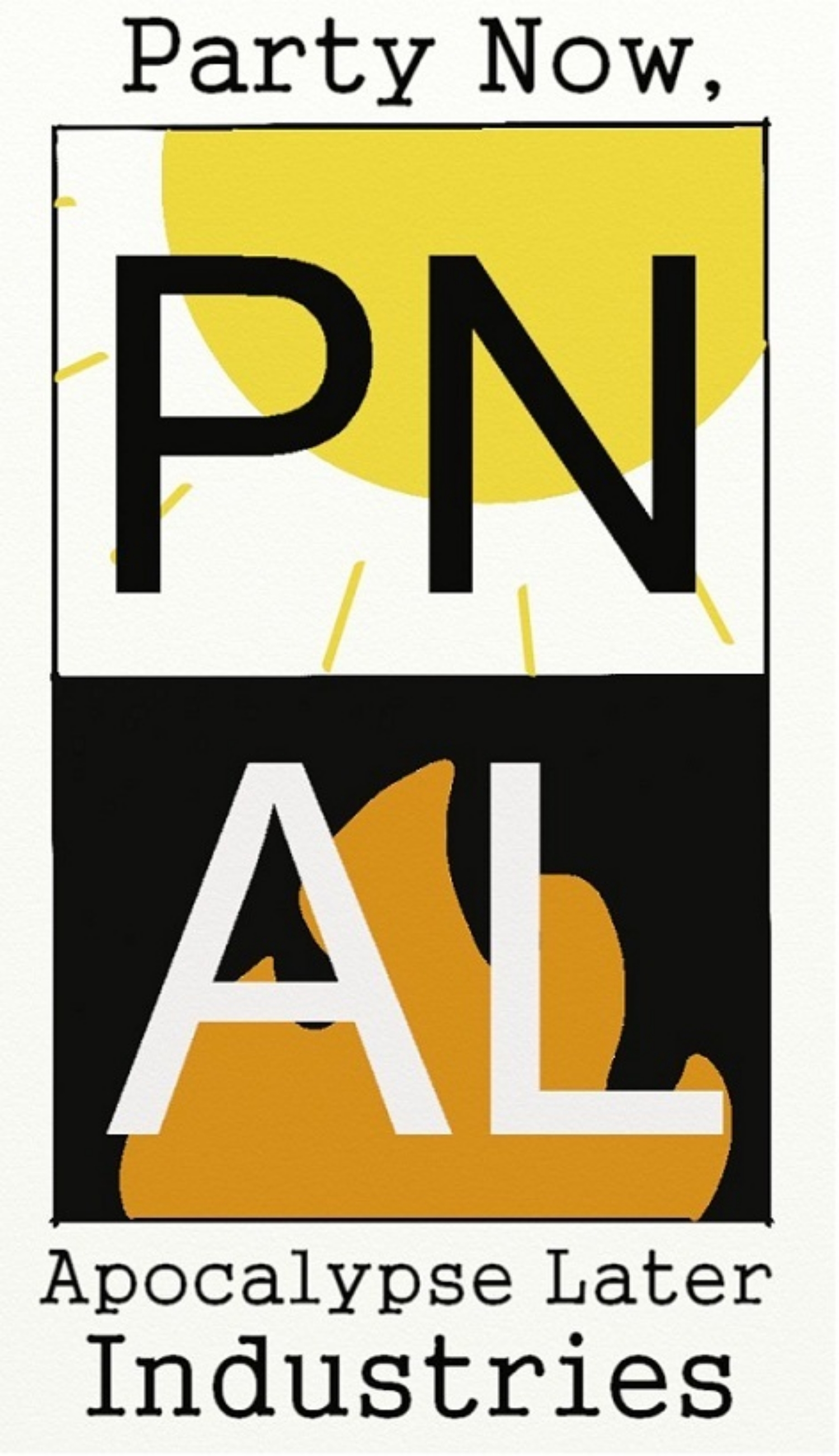Director: J.J. Abrams
Cast*: Harrison Ford, Carrie Fisher, Daisy Ridley, John Boyega
Have I Seen it Before: I mean, the tired joke to hint at here is that with the amount of times I’ve seen Star Wars – Episode IV: A New Hope (1977), even if this had been the first time I had seen this film, then I would have already have seen it before. I’ll skip that, and say that I was right there on opening weekend, along with everyone else.
Did I Like It: After the highest highs of the original trilogy, and the objective lows of the prequel trilogy (even if you’ve managed to forgive some of the larger flaws in those films, you can’t deny there is some weak sauce transpiring) we may have all come to the new sequel trilogy with bad intentions as an audience.
I’ll only go as far as maybe on that idea.
The first question I want to wrestle with is whether or not we needed a Star Wars sequel trilogy. After mentioning in a few interviews years ago that he had “a plan” for films that would take place after Star Wars – Episode VI: Return of the Jedi (1983), he spent most of the last few decades insisting that he had no notion of such movies, and he pointedly didn’t think they would be very interesting in any event.
I tend to think he was lying, or at the very least remembering the truth from a certain point of view, but I can understand why. For one thing, I can’t imagine the reactions to the prequel trilogy were fun for him, regardless of whether they were deserved. Getting older, he probably came to some degree of peace with the idea that he didn’t have anything to prove anymore. He made some great films, some not-so-great ones, and made enough money that his great-great-grandchildren won’t have to worry about money, so long as action figures still exist in the 22ndcentury.
But as Lucas’ attitude toward the idea of the further adventures of Luke Skywalker and company, the story began to take a shape where such stories weren’t needed anymore. I walked out of my first viewing of Star Wars – Episode III: Revenge of the Sith (2005) thinking that the story of the rise, fall, and redemption of Jedi Knight Anakin Skywalker was—for better or worse—a complete story in six parts.
So, right out of the gate the sequel trilogy has the challenge of justifying its existence, far more so than the prequels had to reckon with. We didn’t need a sequel trilogy, but Disney was relatively sure there would be an audience for such films, and as I write this at the close of the opening weekend for Star Wars – Episode IX: The Rise of Skywalker(2019), they were largely right in that regard.
As mentioned above, some might complain that this movie borrows too heavily from A New Hope to be thoroughly enjoyed. They are correct that it owes much to that film, but when one realizes that the original Star Wars is beholden to the structure of Akira Kurosawa’s The Hidden Fortress (1958), I can’t help but think that is a criticism divorced from any real sense of film history.
Here’s what the film has going for it that reaches beyond the reductive:
The new characters are an absolute treat. On spec, the film would be an opportunity to spend some time with your favorite characters from the original films, but the fact that Rey, Finn, and Poe keep our attention so thoroughly is a testament to the strength of these films going forward. Say what you will about his skills as a storyteller or a visual stylist, Abrams is an absolute master at casting very watchable actors in interesting characters. He managed to pull off the same trick in his first Star Trek (2009). This doesn’t even begin to deal with my favorite character of the new films—and possibly any of the Star Wars films—Maz Kanata as played by the transcendant-even-when-mo-capped Lupita Nyong’o.
Then there are those original characters. Mark Hamill merely has a cameo, and his film will be Star Wars – Episode VIII: The Last Jedi (2017). Carrie Fisher toes the line between the optimism at the center of Leia, and the world-weariness that Fisher uses to inject her with new life. And then there’s Harrison Ford. This film is Han Solo’s Unforgiven (1992)—as much as a laser sword movie can reach for that degree of an elegiac quality—and if nothing else, it is a relief and a revelation to not have Ford sleep-walk his way through an entire film. Before this film, the last possibly I would say he did so was Air Force One (1997), and probably as far back as The Fugitive (1993). I’m glad we got you back, Han, even if for only a minute.
Now, the larger question we must answer is: was it worth going through a sequel trilogy? At this point, I would say yes, but to definitively answer that question, I’ll probably wait for my review of The Rise of Skywalker.
*The film gives second billing to Mark Hamill, but I think we can all agree that such placement is overestimating the great Hamill’s contribution to the family.

